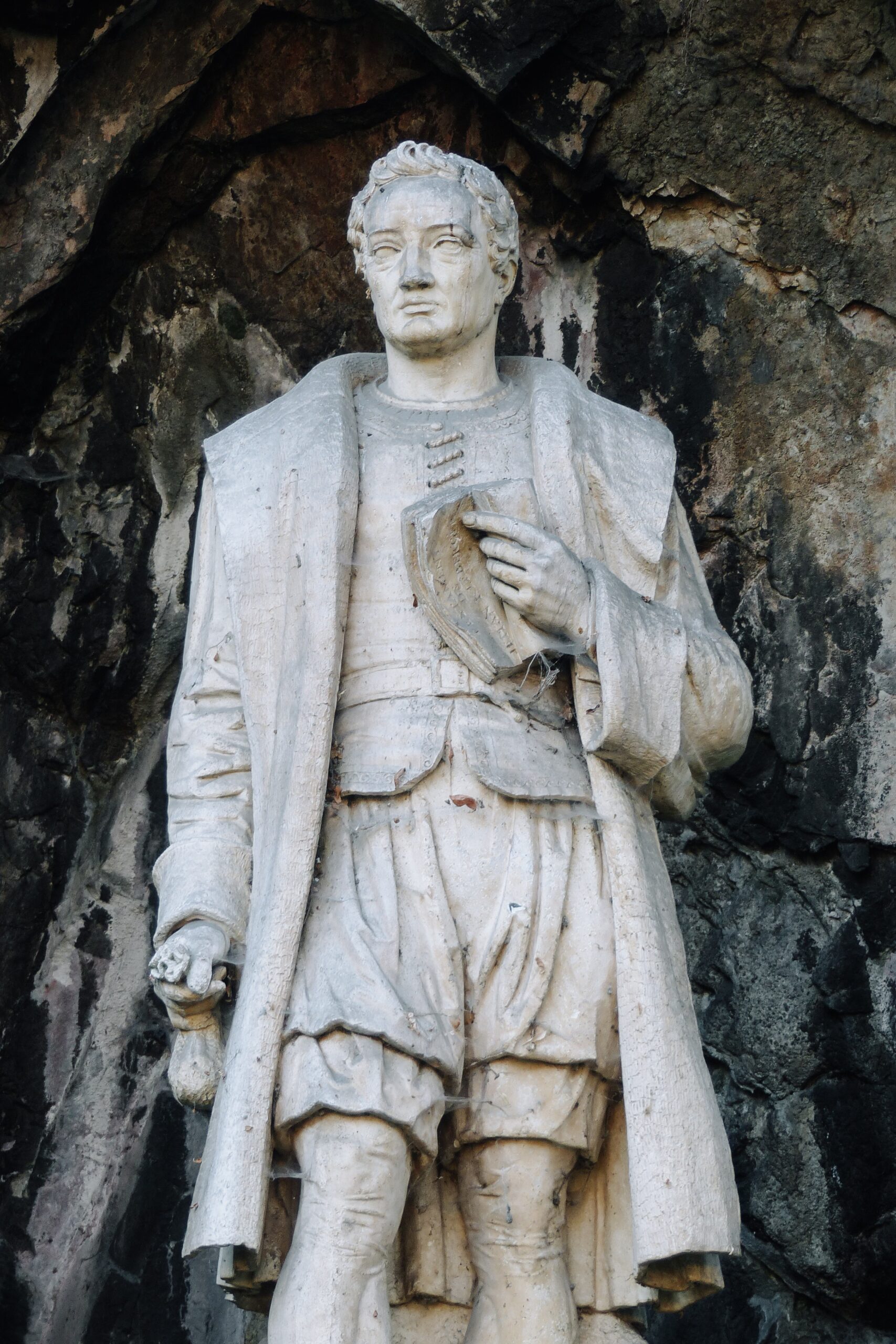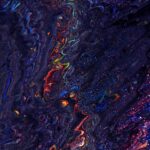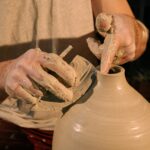Are you tired of the same old paintings and photographs adorning your walls? Do you crave something more dynamic, more immersive? Look no further than sculpture – a three-dimensional art form that brings depth and texture to any space. From classical marble busts to modern abstract installations, explore the endless possibilities of sculpture and elevate your home decor game in the process. In this blog post, we’ll delve into the history of sculpture as an art form, highlight some notable works and artists, and offer tips for incorporating sculptures into your own living space. Get ready to see art in a whole new dimension!
Introduction to Sculpture
Sculpture is a three-dimensional art form that has been around since the earliest days of human civilization. The sculpture is often used to depict people or animals in lifelike form, but it can also be abstract. Abstract sculpture may take the form of geometric shapes or forms that are nonrepresentational.
The term “sculpture” comes from the Latin word sculptus, meaning “to carve.” Carving is one of the oldest and most common methods of creating sculpture. It involves using tools to remove material from a piece of stone or wood.
Other popular methods of creating sculpture include casting and modeling. In casting, molten metal or plaster is poured into a mold and allowed to harden. Modeling involves shaping clay or other pliable materials into the desired form.
Sculpture can be either free-standing or attached to a background surface such as a wall. An example of a free-standing sculpture is Michelangelo’s David. A wall-mounted sculpture is attached to a wall and can only be viewed from one side. An example of a wall-mounted sculpture is Auguste Rodin’s The Thinker.
Whether free-standing or wall-mounted, all sculptures occupy space and
Types of Sculpture Forms
There are many different types of sculpture forms. The most common type is probably the free-standing sculpture. A free-standing sculpture is a sculpture that is not attached to any other structure. It can be made from any material, but it is usually made from stone, wood, or metal. Another common type of sculpture is the relief sculpture. A relief sculpture is a sculpture that is attached to a flat surface, such as a wall. It can also be made from any material, but it is usually made from stone or metal. In addition to these two types of sculptures, there are also many others, such as environmental sculptures, kinetic sculptures, and sound sculptures.
History of Sculpture
Sculpture has been a part of human culture since the dawn of civilization. The first known sculptures were created by the ancient Sumerians in Mesopotamia around 3500 BCE. These early statues were usually made of stone or clay and depict gods and goddesses.
The Egyptians are credited with inventing the lost-wax casting technique, which was used to create bronze statues. This new medium allowed for greater realism and detail in sculpture. The Egyptians also developed a style known as frontalism, in which the figures are shown in profile from the front, with their eyes looking straight ahead.
The Greek period of sculpture is often considered the Golden Age of the art form. Greek sculptors perfected the technique of marble carving and created some of the most iconic statues in history, such as the Venus de Milo and the Parthenon Marbles. They also developed a realistic style that depicted humans as they truly appeared, rather than idealized versions.
The Romans continued the tradition of creating realistic sculptures, but they also incorporated elements from both Egyptian and Greek styles. Roman sculptures often depicted scenes from mythology or everyday life. Many of these pieces were damaged or destroyed over time, but some have survived and are now on display in museums around the world.
During the Middle Ages, sculpture largely fell out of favor due to religious prohibitions against representational art. It wasn’t until the Renaissance that sculpture began to regain its status as a major art form. Italian
Elements and Principles of Sculpture
Sculpture is a three-dimensional art form that uses various materials to create an image or object. The most common material used in sculpture is stone, but other materials can be used as well, such as wood, metal, glass, and clay.
There are several elements that are used in sculpture, such as line, shape, form, space, and texture. These elements are combined to create a certain effect or message. In addition, there are also principles of design that are often used in sculpture, such as balance, contrast, movement, rhythm, and unity.
Sculpture can be either representational or abstract. Representational sculpture depicts an object or scene from real life, while abstract sculpture does not attempt to represent anything from the real world. Instead, it focuses on shape, form, and other elements of design.
Whether representational or abstract, all sculptures must adhere to the basic principles of design in order to be successful. By understanding and utilizing these elements and principles of design, artists can create beautiful and meaningful sculptures that will endure for centuries.
Benefits of Making and Viewing Sculpture
When it comes to exploring three-dimensional art forms, sculpture is one of the most popular options. And for good reason – there are many benefits to both making and viewing sculpture.
For starters, sculpture is a great way to express yourself creatively. Whether you’re working with clay, metal, wood, or another material, sculpting allows you to explore your artistic vision in a three-dimensional way.
Another benefit of sculpture is that it can be extremely therapeutic. The act of creating something beautiful (or even just the act of working with your hands) can help to reduce stress and anxiety. Sculpture can also be a great way to connect with others – whether you’re working on a collaborative project or simply admiring someone else’s work.
The sculpture is simply enjoyable to look at! Unlike some other art forms, sculptures are meant to be viewed from all angles and interacted with – meaning that they can brighten up any space. Whether you have a small piece on your desk or a large installation in your yard, sculptures add an extra dimension of interest and enjoyment to your life.
Popular Contemporary Sculptors
There are many popular contemporary sculptors working in a variety of styles and media. Some of the most well-known include:
Louise Bourgeois – an influential French-American artist known for her abstract sculptures made from materials like marble, wood, metal, and glass.
Yoko Ono – a Japanese avant-garde artist whose work often includes elements of interactivity and participation.
Damien Hirst – a British artist who is one of the leaders of the “Young British Artists” movement. Jeff Koons – an American artist best known for his large-scale public sculptures and kitschy objects like balloon animals made from stainless steel.
Creating Your Own Works of Art from Found Objects
If you’re looking for a fun and unique way to create your own works of art, why not try using found objects? You can use just about anything you find lying around the house or outdoors – from old toys and clothes to sticks and stones. And best of all, it’s completely free!
To get started, gather up a selection of objects that you think would work well together. Once you have your materials, start arranging them into a composition that you like. You can glue or tape them together if you want, or just leave them as they are.
Once you’re happy with your arrangement, take a step back and consider how you can add some dimensionality to it. Can you stack some of the objects on top of each other? Or hang them from strings or wires? Getting creative with the way you display your sculpture will help give it its own unique character.
Don’t forget to give your sculpture a title! This will help viewers understand what they’re looking at and appreciate it all the more.
Conclusion
As you can see, sculpture is one of the oldest and most universal forms of art. It has evolved over time to become an incredibly diverse form that appeals to many different types of people. Whether your favorite pieces are small or large, abstract or realistic, there is a sculpture out there for everyone. Hopefully, this article has given you a better understanding of what sculpture is and why it’s such an important part of our culture today.










